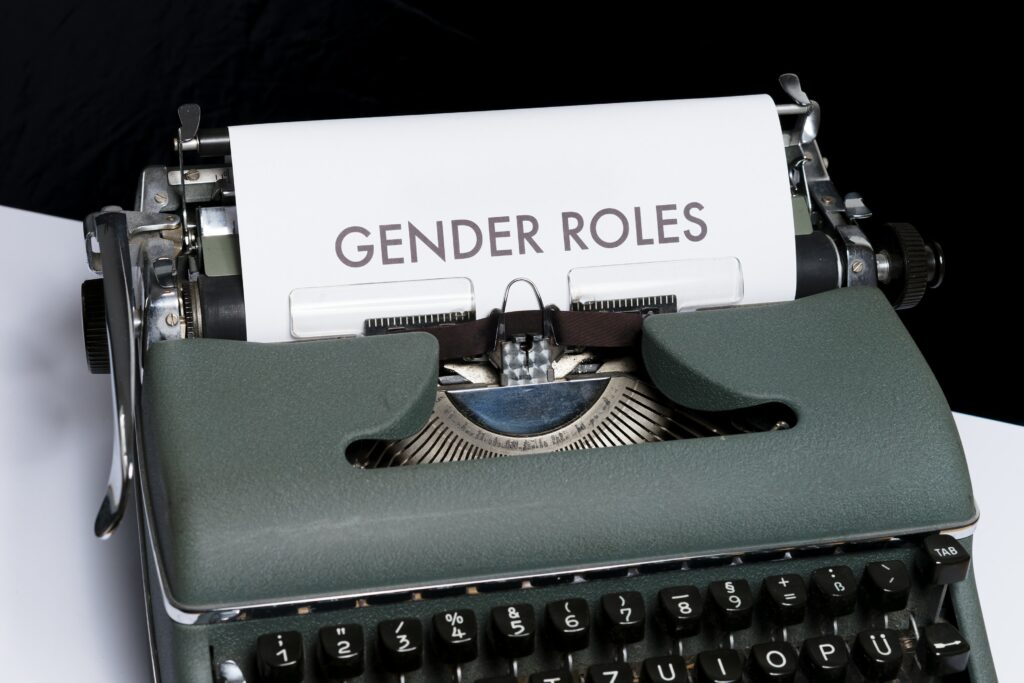The United Nations deliberately put Gender Equality as a sustainable development goal number 5 for all good reasons. While the rest of the world still just strive to attain gender parity across the social-economic spectrum, Scandinavia already provides a great benchmark as women take prominent lead in so many sectors. In fact someone looking at gender equality purposively may be tempted to argue that the male gender in Scandinavia has been relegated and somehow subdued.

Scandinavian countries have taken pride in many things. It is undeniably true that Scandinavia has a record in the global happiness index. Not just that, but also for its scenic beauty, which is unparalleled globally. However, there is this humanitarian question, which may be vague to many, is whether there gender equality in Scandinavia?
Without a doubt, Scandinavia has a ranking in gender equality. There are measures through which the countries have achieved social inclusion as well as equality. Lest you forget, Sweden, through Margot Wallström, founded the foreign feminist policy (FUP). And from a zealous view, you will agree that FUP is the backbone for widespread gender equality worldwide.
Scandinavia did not only embrace gender parity in support of their own (Sweden). Instead, it did so because it’s part of their pastime. The background is that they were topmost to introduce paid parental leaves and full voting rights to women.
Additionally, they were the first to refute dismissal from jobs regarding marriage and parenthood. Just for laughs, remember Denmark and its women-led mosque built right in the heart of Copenhagen. Despite critics from other male Imams, it stood out as a bold move for gender inclusion in the religious aspect.
How Scandinavia Conducts its Employment and Leadership Equality
If you have been doubtful about Scandinavian gender fairness, then their way of job inclusion will dazzle you. Did you know that Scandinavia has the highest rate of women in the labour force? Yes, they do. As if that is not enough, it is top on the list for a remarkable proportion and balanced parliamentary seats held by both women and men. Besides, it is less of a wonder that the number of women in the Scandinavian public sector has seriously increased.
Typical examples are the high-ranking female leaders who served diligently in Denmark. The first was none other than Helle Thorning-Schmidt, who became prime minister in 2011. She took office under the Social Liberal party up to 2015. She slightly missed the goal despite efforts to reduce public expenditure and tax reformations for a balanced budget. Anyway, nothing seems surprising about that because even male leaders failed the test too.

Another one is Mette Frederiksen, the second and youngest female prime minister who took over power in 2019. Although Corona Pandemic proved her most significant challenge, she always stepped ahead to act without waiting on evidence. She has become a darling of many Danish for her strong sense of justice, as she leads by example. For instance, she urges the Danish to pay their taxes because she does too.
The Danish issue is similar to Norway, where Gro Harlem Brundtland became the first female Prime Minister in 1981. Afterward, Erna Solberg became the second Prime minister in 2013 and was re-elected in 2017. Key among the notable achievements she made as a woman in power includes championing transatlantic values and enhanced security in Norway. By 2018, she made remarkable prevention of marine damage by supporting the World Bank’s PRO BLUE.
Family Gender Equality in Scandinavia
It is never a topic for debate that Scandinavia offers comprehensive policies to defend equivalence in families. Among them, include paid parental leaves, early childcare, and education plus child benefits. Others, like joint custody after divorce, are inclusive for equal family role-play.
To be precise, Sweden was first to introduce work-off period for both mothers and fathers in order to take care of the newborn. Reportedly, by 1990, all the three Scandinavian countries counted in. The sad realization that followed however was, the policy did not suffice many men who ended up snubbing such. Even so, the government acted swiftly by offering non-transferable leaves entitlement, which greatly witnessed a huge take up afterwards.
It did not end there; the early childcare programs were set if you’d prefer it rather than caring for the child yourself. The childcare institutions also come in handy when your leave ends. Still, the period for childcare take-up differs.
Like Denmark starts at 26 weeks while Sweden and Norway take children above one year. To wrap it up is the ‘cash for care’ and child benefit, which is tax-free and independent of other incomes. The benefits ease heavy budgets on both parents regarding the arrival of a child into the family.
With the emphasis on the active father’s parenting role in Scandinavia, sharing of custody after divorce is a-must for both parents. Although the approach faced critics among the parties, the court made it more negotiable among them. Over and above, divorced parents are entitled to equivalent child support and failure to adhere is unlawful and punishable.
The Paradox of Gender Equality in Scandinavia
The high ranking of Scandinavia in gender equality is all hidden in their state welfare generosity. In the real sense, several backlogs are stating otherwise about Scandinavian gender fairness. The Pandemic period recorded many Scandinavian women who fell victim to intimate partner violence. For instance, Denmark noted 32% of such cases while Sweden 28 %.
Even though it is not yet clear the cause of such violence, it is rampant in Scandinavia and the whole of Europe. Such women suffered sexual assault from their partners, causing either immediate physical injuries or lifelong genealogical issues. Some went extensive to causing depression and substance abuse, among many others.






